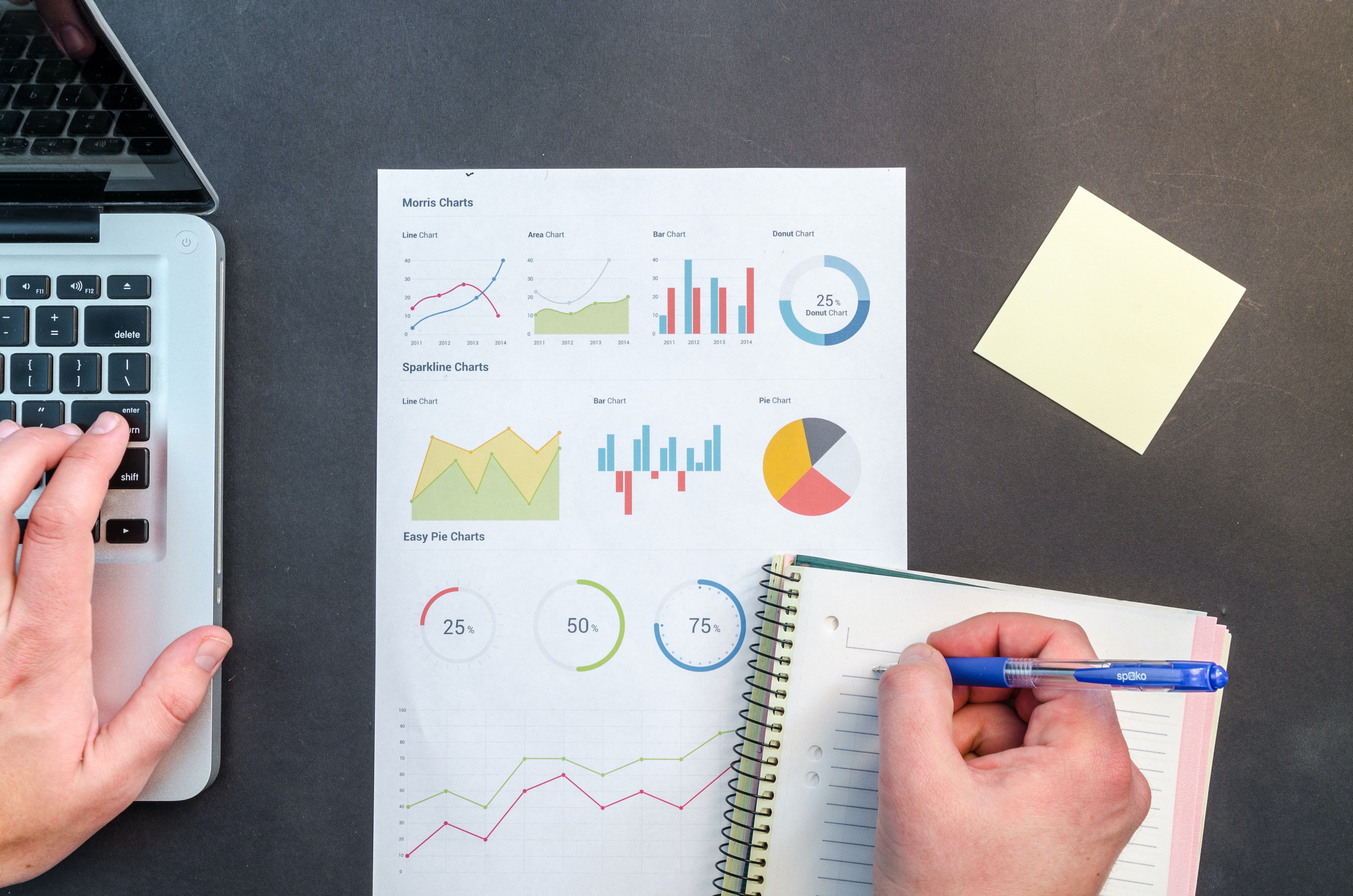Data science can be of great help to a non-profit organisation. Find out why and how you can make the most of your data in this article.
Although nonprofit organisations have the same access to data as private companies, they do not leverage data as much. We explore 4 ways in which a non-profit organisation can apply data science to boost their success.

Non-profit organisations collect a large amount of data. Often as much as private companies. Data collection and data integration are extremely important, as data not only provides us with information about the people we are trying to help with our work, but also about those people who donate and collaborate to help keep the organisation running.
Although non-profit and other types of organisations often have as much data as any type of business, they don't leverage it as much. Therefore, it is very likely that, if you work in a non-profit organisation, you are not using the data to your advantage.
Today, many companies and organisations are discovering the power of data science. In fact, the very idea of harnessing data to study consumer behaviours and habits is a big step to start diving into the world of data science and data analytics. Especially in the case of non-profit organisations which, so far, are the least likely to harness the power of data. By understanding the behaviours, habits, etc. of consumers and donors, nonprofits will not only understand their consumer base, but also learn how to market their future campaigns.
But how can you use data science to your advantage as a non-profit?
Believe it or not, there are various ways that data science can help your organization. Here's how data science will help you improve your non-profit and the service you provide.
4 ways data science can boost your nonprofit organisation
1. Marketing and fundraising
Esta es la mayor forma en que la ciencia de los datos puede ayudar a una organización no lucrativa. Todas las organizaciones sin ánimo de lucro tienen datos sobre cada una de las personas que hacen una donación, especialmente en el ámbito digital. Con esos datos, puedes empezar a idear estrategias de marketing más eficaces.
This is the biggest way in which data science can help a non-profit organisation. Every nonprofit has data on every single person who makes a donation, especially in the digital world. With that data, you can start coming up with more effective marketing strategies.
One of the best ways you can create more effective marketing is with customer segmentation. You can use that data to split up donors according to categories. This can be anything, such as gender, location, occupation, and so on. With that customer segmentation, you can then deliver a more targeted marketing to these segments of your donating audience.
You can also use that data to analyse relationships between donors, too. A good example of this is the Macmillan Cancer Support. They studied their own data and saw that they could get more out of donations if they offered something to donors, rather than the other way around. They started the 'World's Biggest Coffee Morning' campaign, and this helped increase donations from £15m to £20m.
Predictive modelling is another way you can use your data to improve marketing. This helps you create more relevant content for your audience. The more relevant the content is, the better your donations will be. Amnesty International have used predictive modelling to great effect, analysing their data to spot patterns in donations, and use that to predict what their audience are looking for.
2. Optimise your SEO
As mentioned, data science can benefit marketing and fundraising. As for how your non-profit goes about making a dent in the search engine algorithms, you’ll need all the help you can get when building your online presence and SEO strategy. In other words, what keywords and phrases are popular in your organization’s niche?
Moreover, search engine optimization (SEO) is important to keep in mind, when marketing your non-profit, since good SEO puts you high on the search engine results. Now, if you’re not sure what keywords and or phrases to use to do the following:
- Describe your non-profit
- State your cause
- Explain why your cause and non-profit matter
3. Monitoring your impact
Another way you can use data science is to monitor your current activity, and see where improvements can be made. As a non-profit you're always looking to be able to expand your reach and spread the word about what you do. When you're properly able to leverage your data with data analysis, you can get more out of every action you take.
Besides, nonprofit organisations are engaged in all kinds of activities. This will include charitable work, outreach, hiring volunteers, and so on. As many non-profits operate with a web portal, it's very easy to pick up data on who you're reaching. There are organisations now that can use the data to see who's visiting and why. A mix of analytic tools and artificial intelligence is always the winning formula. Also, nowadays we have many free analytics platforms such as Google Analytics.
As an example, take a food bank. They will have data on what they have in stock, the people who use the service, and those who donate. They can use this to their advantage. If there's a time of high demand, such as a natural disaster, then they can use that data to determine which donors can help meet that need for extra food.
On the other hand, when it comes to monitoring our impact, it is essential to have specific tools such as dashboards and reports. Power BI is one of the best tools to create these types of tracking and monitoring reports. As a Microsoft Power BI partner, at Bismart we use this set of platforms to develop our business intelligence solutions.
4. Streamlining funds
Por último, es importante racionalizar los fondos de una organización. Las organizaciones sin ánimo de lucro cuentan con fondos que son usados en la actividad diaria. Si dependemos de las donaciones, querremos utilizarlas de la forma más eficiente posible. Esto es algo en lo que la ciencia de datos nos puede ayudar.
For example, your organisation may need to find the best way to deliver a service to those that need it. You don't want to spend funds on a practice that won't be efficient, so you need to find out how you can reach your users. "Using your data, you can see what avenues work for service delivery" says Niam Phelps, a tech blogger in Academized. "That helps streamline your funds, ensuring that you're only using them where they're most effective."
With that data, you're ensuring that your funds only go on efforts that will have the maximum reward for you.
Conclusion
Now, these are just a few ways you can use data science to improve your non-profit. However, as described in each point, you can do a world of good and effectiveness in your organisation when you leverage data science to generate big change in your organisation by employing data science and building a data-driven culture.
It's worth analysing the data you have, as it can tell you more than you'd even think about the service you provide, and the people you work with.
Exclusively written for bismart.com. Prepared by Christina Lee | Christina Lee is an expert in marketing tech, writing for Literature review help writing service.



